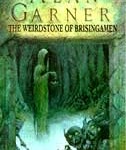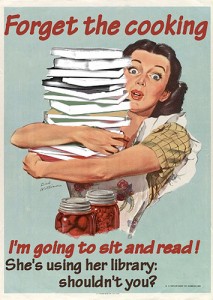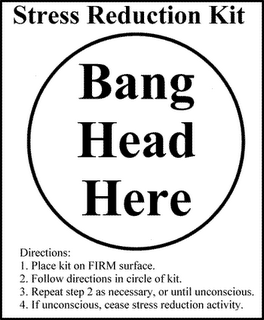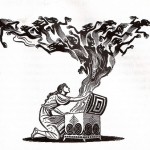 As part of my MA at West Dean College, I am writing episodic fragments of an original novel. Our tutor, Greg Mosse, has referred to them as ‘bricks’. Each one is a self-contained whole that can form part of the larger edifice.
As part of my MA at West Dean College, I am writing episodic fragments of an original novel. Our tutor, Greg Mosse, has referred to them as ‘bricks’. Each one is a self-contained whole that can form part of the larger edifice.
I prefer to think of them as beads, or on a good day, jewels.
I have always liked jewellery. I even started studying jewellery design at Loughborough back in the Cretaceous. Words like ‘pendant’,’ talisman’ and ‘amulet’ are music to my ears – and I rather hoped I might find Firefrost or some other magical stone.
But I think I will stick to beads.
The holes line up allowing you to join them together. If I am to write a first book worth reading, it will have a single narrative thread. I know cleverer people than me can weave many strands into complex webs – but at least to start off with, I’ll go for one bit of band.
My episodes vary in length, colour and shape like faience or toho seeds. I can arrange them in groups to make a sequence that becomes steadily more dramatic – like a graduated row of pearls.
I need to work with all the right pieces and I need to believe I can create them one at a time.
I find I have to revise , to reorganise the pattern. Sometimes there are missing sections – like the Murano chevron bead that rolled under the workbench. Sometimes a whole section has to be unstrung and redone. But always to an underlying structure.
And the structure has its rules. There are demands of genre – you don’t make short story earrings if your reader wants a an epic lariat. But rules can be played with. The mash-up of expectations can create wonderful things. Intersperse your Native American hair-pipe with your dichroic glass and see what happens. I am popping gargoyles into the world of Jane Austen and Celtic selkies in Heartbeat coastal Yorkshire. Why not?
It is through experiment bounded by a given form that new things can emerge – and its unique quality is the way the maker puts it together. This works as well with a novel as a necklace.









